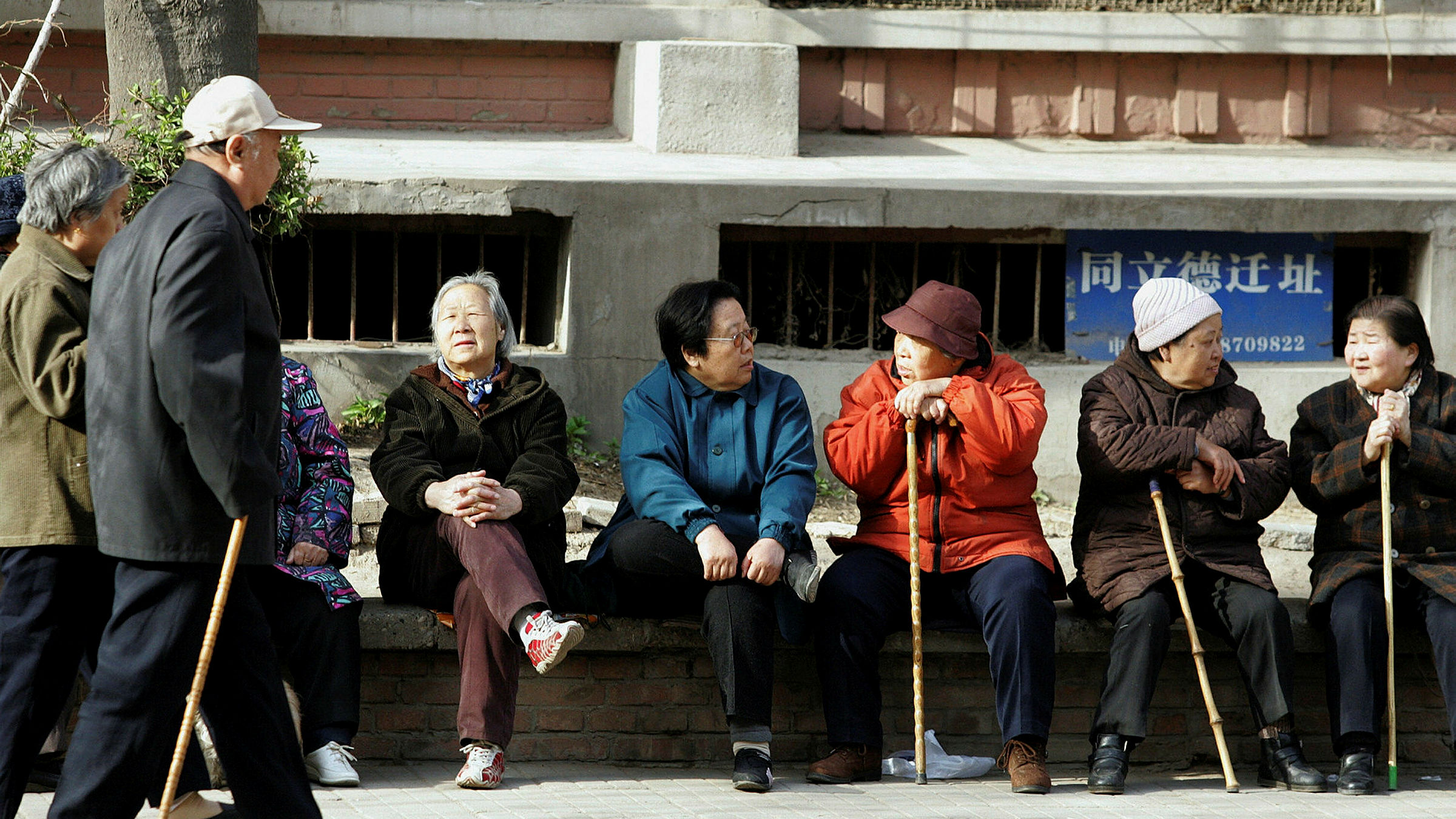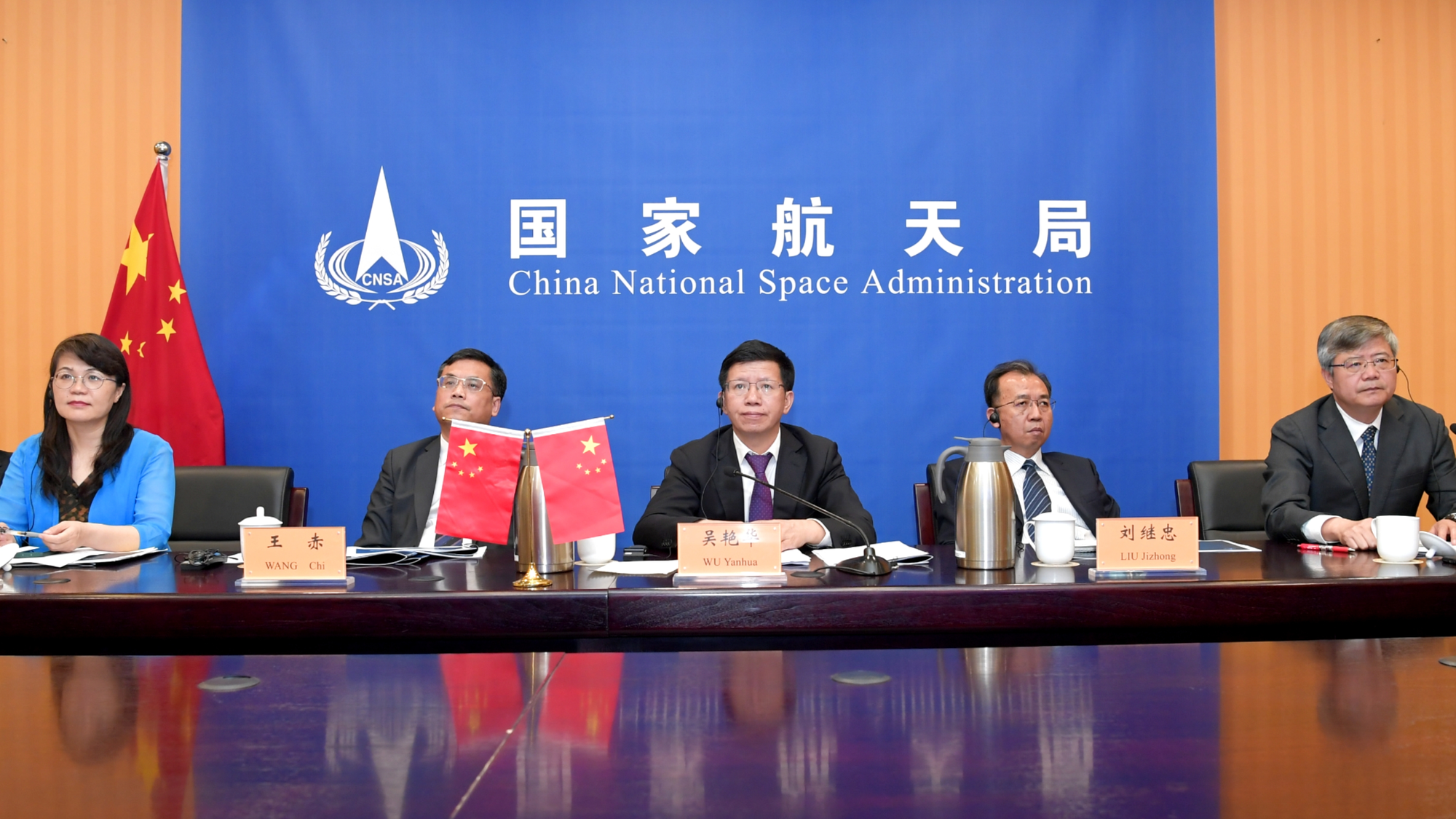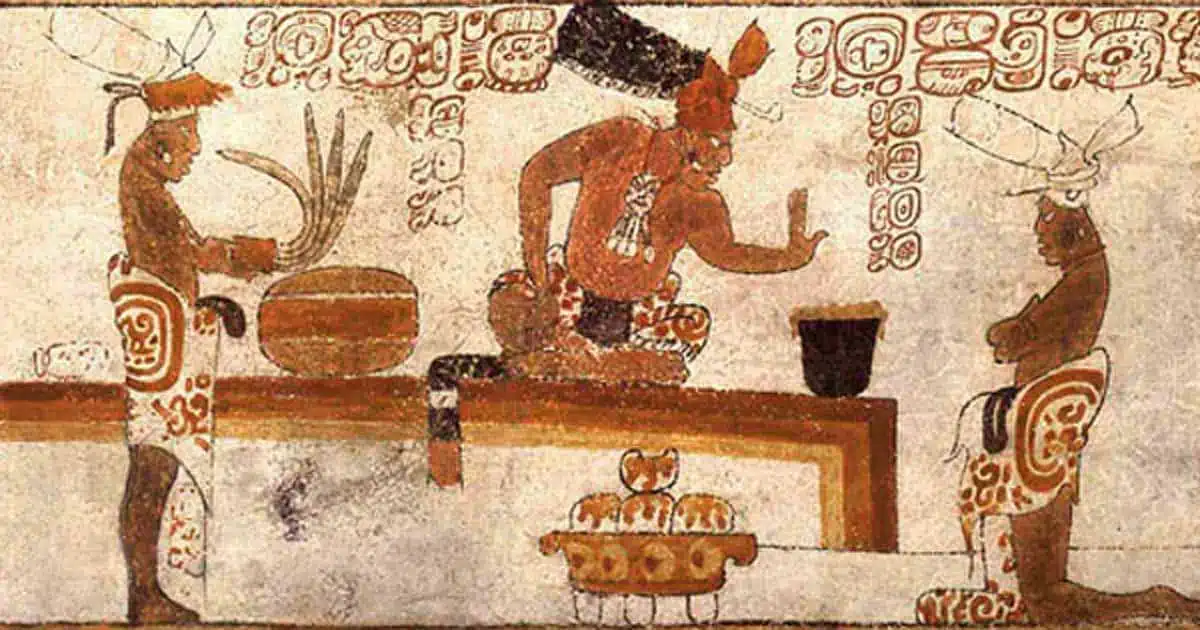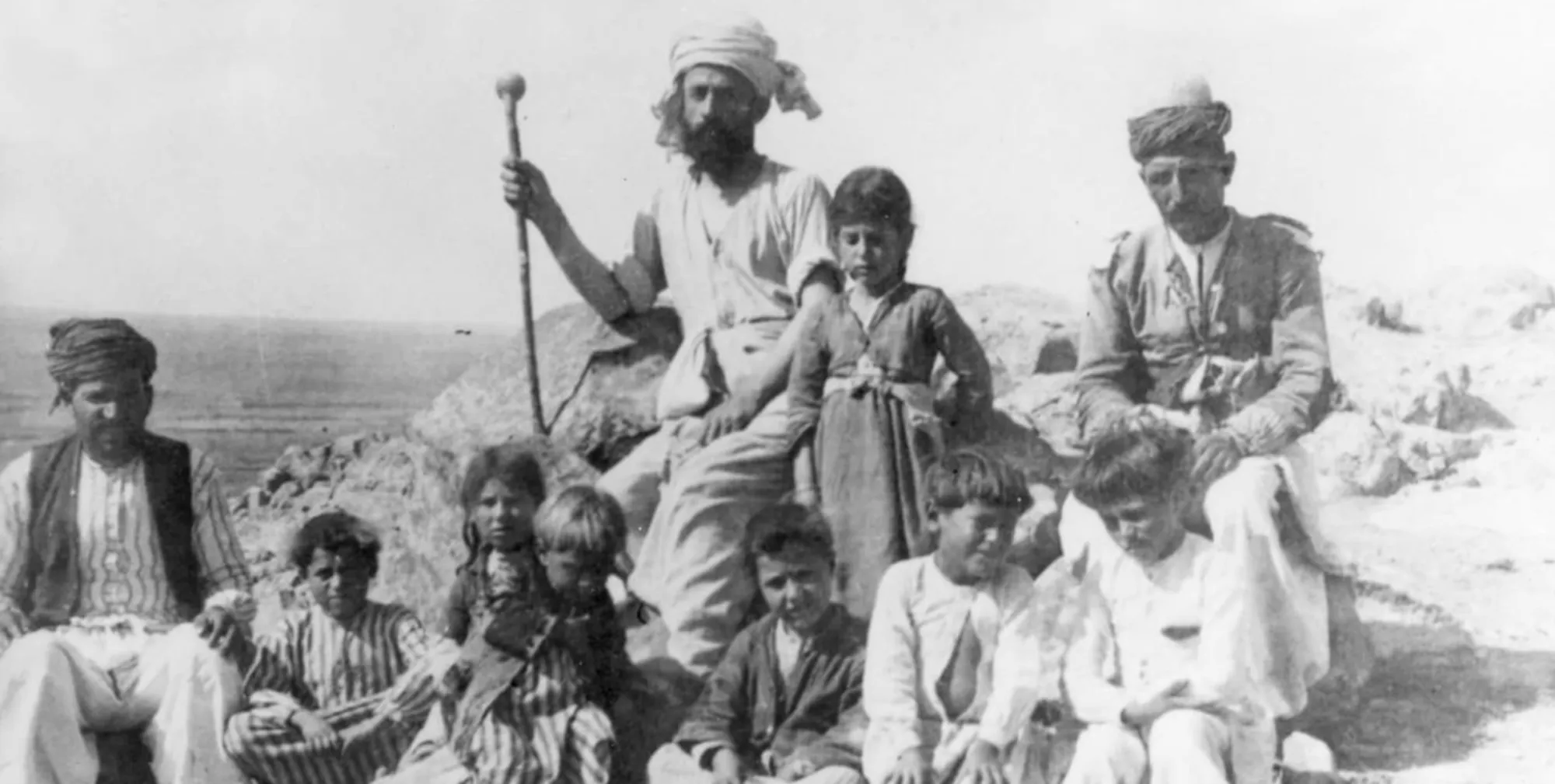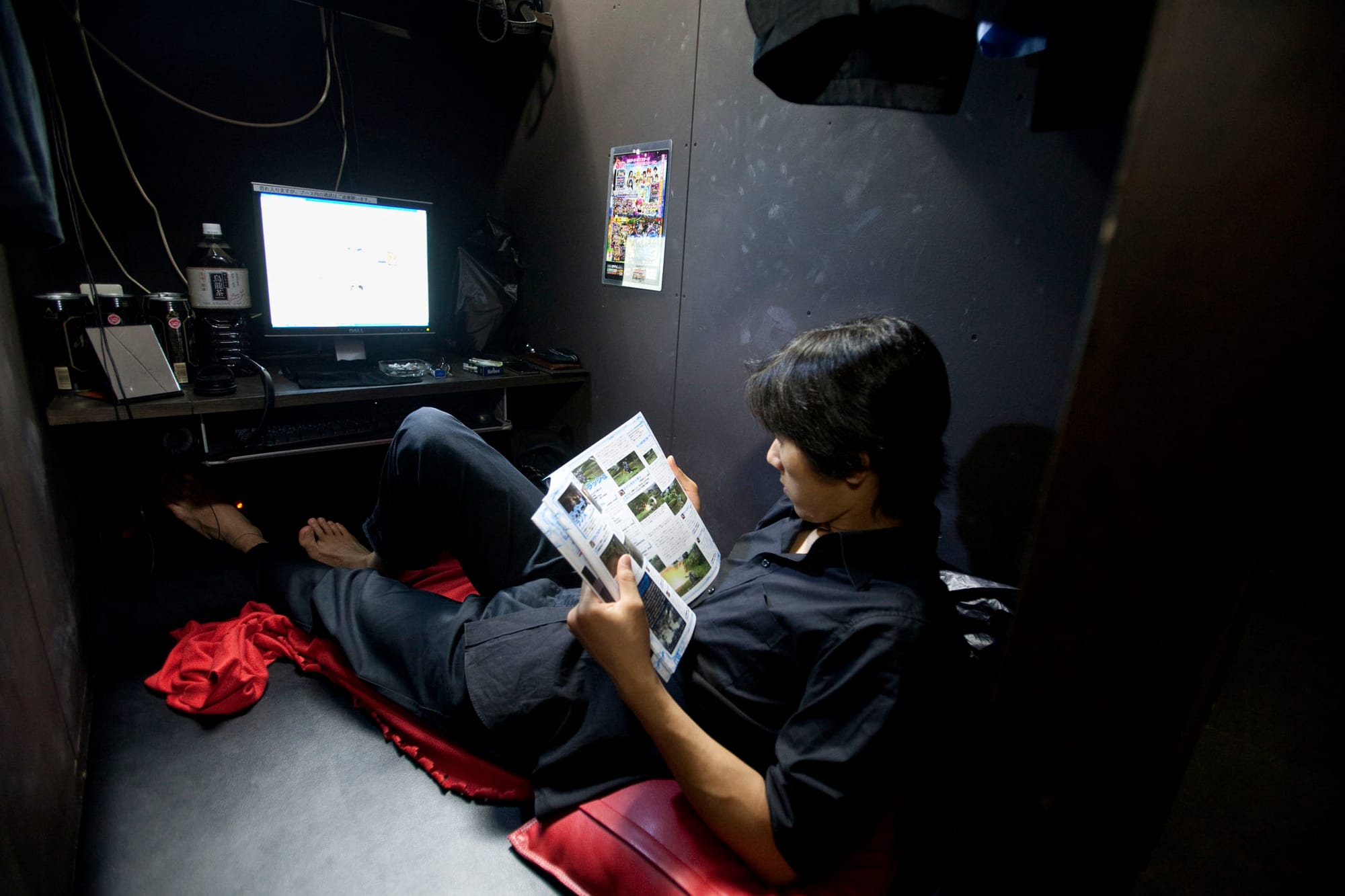The modern-day Chinese language is split into several different dialects, such as Mandarin, Cantonese, Hunanese and many others. However, even within Mandarin, there is still a divide within its writing systems. Most F blockers learning Chinese first encounter this while using Google Translate and are faced with the task of deciding which language to translate their English EW sentences into, Chinese (Simplified) or Chinese (Traditional). With regards to Mandarin that is studied at Eton and Mandarin in modern-day China, the answer would be simplified Chinese. So that brings about the question of what actually is traditional Chinese? And how different is it from the Simplified version?
Traditional Chinese was first used in the Shang dynasty (1766BC - 1123BC) and is thus one of the earliest forms of written language in the world. The language first appeared on oracle bone inscriptions, and has since been developed for thousands of years, resulting in a very complex web of characters used by dynasties from all over China. However, in 1949, due to the poor national literacy rate of around 20% (for people aged 12-40), the newly governing Communist party and their leader Mao Zedong who had just won the civil war against the Nationalists (The Guomingdang), decided to modify and simplify the writing system, to bring about easier access for the workforce to learn and write which was needed for Mao’s rapid economic modernisation plans. This was done by reducing the number of brush strokes in around 2,000 of the traditional characters, making them less ornate and far easier to read and write. For example, the traditional character for the verb to listen, 鏻 (tīng) was simplified to 听 (tīng), and the traditional character for chicken, 雞 (jī) was simplified to 샷 (jī). These changes have had no effect on the pronunciation of the characters but did make the process of reading and writing easier for hundreds of millions of people. Also, the new simplified system introduced merged characters to further reduce the number of characters used in the language. So, each character in the simplified system maps to several traditional characters with similar meanings. These simplifications worked, evidenced by the literacy rate in 1959 jumping to 57% and since then, climbing steadily to this day.
Nowadays, simplified Chinese is used in mainland China, Singapore and Malaysia, whereas traditional Chinese in only used in Hong Kong, Taiwan and Macau. Although the two systems sound incredibly similar, their writing systems are quite different. So, if worse comes to worst, and you have to use Google Translate for a last-minute Chinese EW, make sure you’re translating into simplified Chinese, or you might be writing with characters that haven’t been used in several decades.

